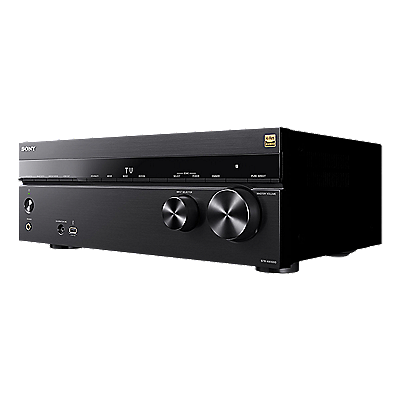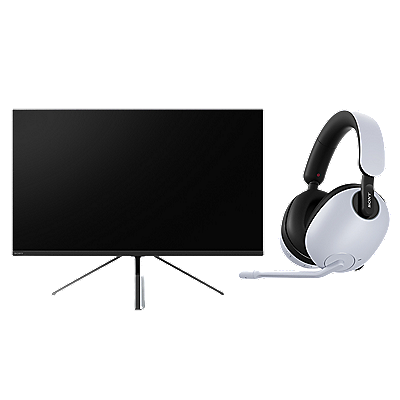What are the hardware system requirements for the Windows® 8 operating system upgrade?
The hardware recommendations for the Windows 8 operating system upgrade include:
- 1 GHz or faster processor
- 1 GB RAM (for 32-bit) or 2 GB RAM (for 64-bit)
- 16 GB available hard disk space (for 32-bit) or 20 GB (for 64-bit)
- DirectX 9 Graphics Device with WDDM 1.0 or higher driver
NOTES:
- The Windows 8 Start screen apps require a minimum of 1024x768 screen resolution, and 1366x768 screen resolution in order to use the snap feature. Attempting to launch a Start screen app with less than this resolution (e.g. 800x600, 1024x600) will result in an error message.
- The Windows 8 operating system will still install even with a lower resolution because, even without the Start screen apps, your Windows 7 workloads on the computer will improve and you can benefit from all the other features of the Windows 8 operating system.
- A vast majority of touch screen displays that work with the Windows 7 operating system will also perform well for the Windows 8 operating system, meaning that touch drivers will continue to load and you will be able to perform basic touch interactions with a reasonable degree of success.
Other operating system features with specific hardware requirements include:
- The Secured Boot feature will require a new UEFI BIOS.
- The BitLocker utility will perform more seamlessly if your computer has a TPM, but a TPM is not required. This may need to be enabled in the firmware settings.
- The Hyper-V feature requires a 64-bit system with Second Level Address Translation (SLAT) capabilities and 4GB of RAM. The SLAT capabilities can be enabled in the 64-bit system firmware settings.























